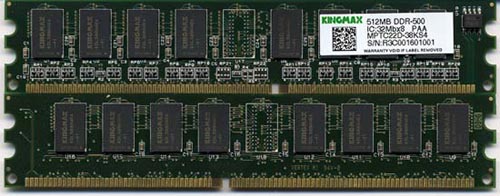finegold said:
Well now ive come to a full stop in collection as I have a high respect for op's opinion, however the image for mlcc looks like a ceramic to me, Ive been collecting the small brown cubes...am I wrong?
This is the problem when going down to component level for refining. There are millions of different components with slight variations. The component on the picture 4metals posted is a MLCC but with metal pins connected to the ends and dipped in plastics. When surface mount became popular the legs were skipped and the component were soldered directly onto the terminals. So the small brown blocks you have collected are also MLCC:s, unless you picked up some other small brown surface mounted components that has something else inside.
Most pictures on the forum is of the surface mounted type.
PCI connectors is usually the white connectors used on mainboards in PC and Apple computers among others, but also small connectors used for connecting PCI mezzanine boards or larger connectors with pins and sockets used in rack mounted systems. The PCI standard mainly centers around the signals and protocols used, not the exact type of connector used and certainly not the plating. It is up to the designer to select the type of connector with the surface treatment suitable for the product created.
PCI, ISA, EISA, VME-bus, VGA, IDE, PCM-CIA, USB, IEEE 1394... and so on are all standards that uses connectors made of a base metal and plated fully or selectively with nickel and gold. There is no need to know what a component been used for as long as you know what it's made from. The only thing important here is what the cheapest or most effective way to recover the gold is. And that will vary depending on your price of chemicals, how fast you need the gold, what value you put on your time, what methods are available to you and so on.
From the refiners point of view there is no big difference between a PCI or a ISA connector. One contains bigger but fewer contacts, the other smaller but more. Depending on age the plating thickness can vary as the area plated
I've seen several attempts over the years to create guides and collections of descriptions and it always ends up with a messy thread that sinks into oblivion. I don't know if that fate will come to this thread too or not.
Just as with jewellery we need to focus on what basic types of scrap there is and then use more general descriptions and how to sort components into those basic types. We should also try to describe how some simple testing could decide how to treat scrap, what value it might have and if it's worth to recover.
I realize I'm part of the problem here, I sometimes write PCI-connector or ISA-connector when just connector would have sufficed. To me it's second nature since I've worked with it most of my life. I will try to think of it in the future and do better.
Göran
















